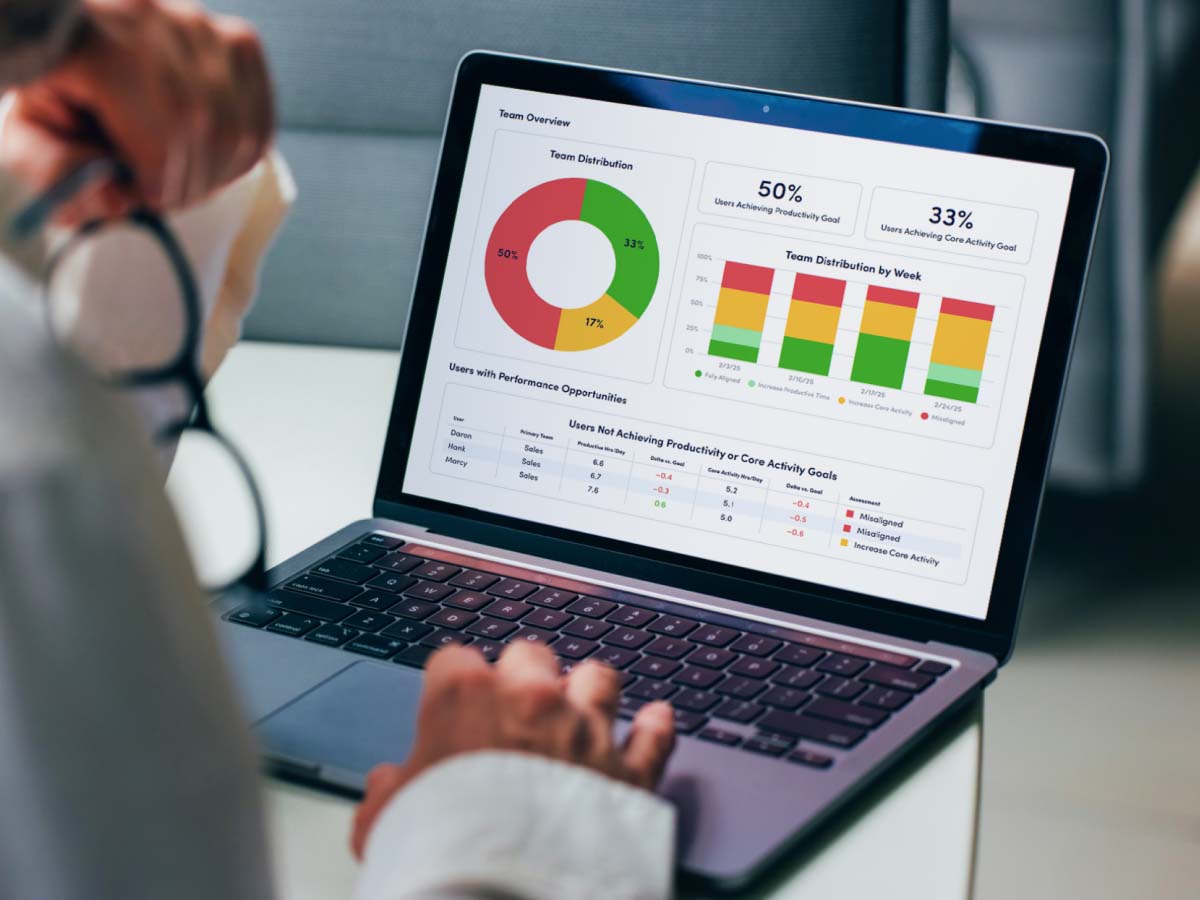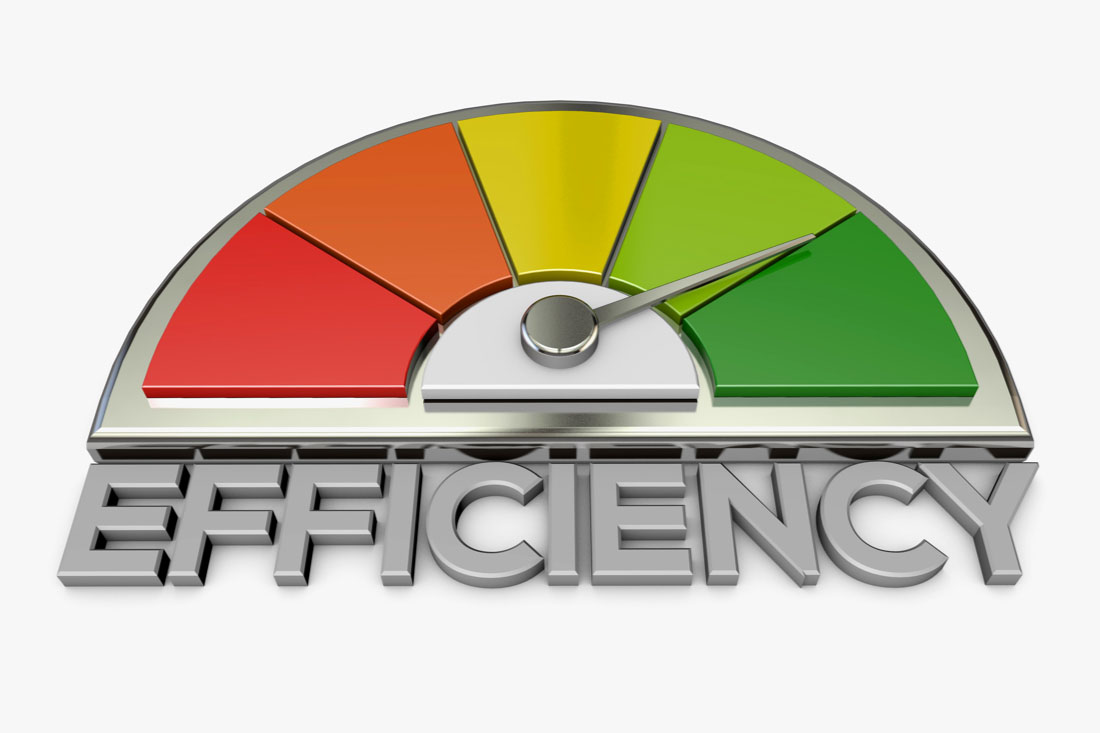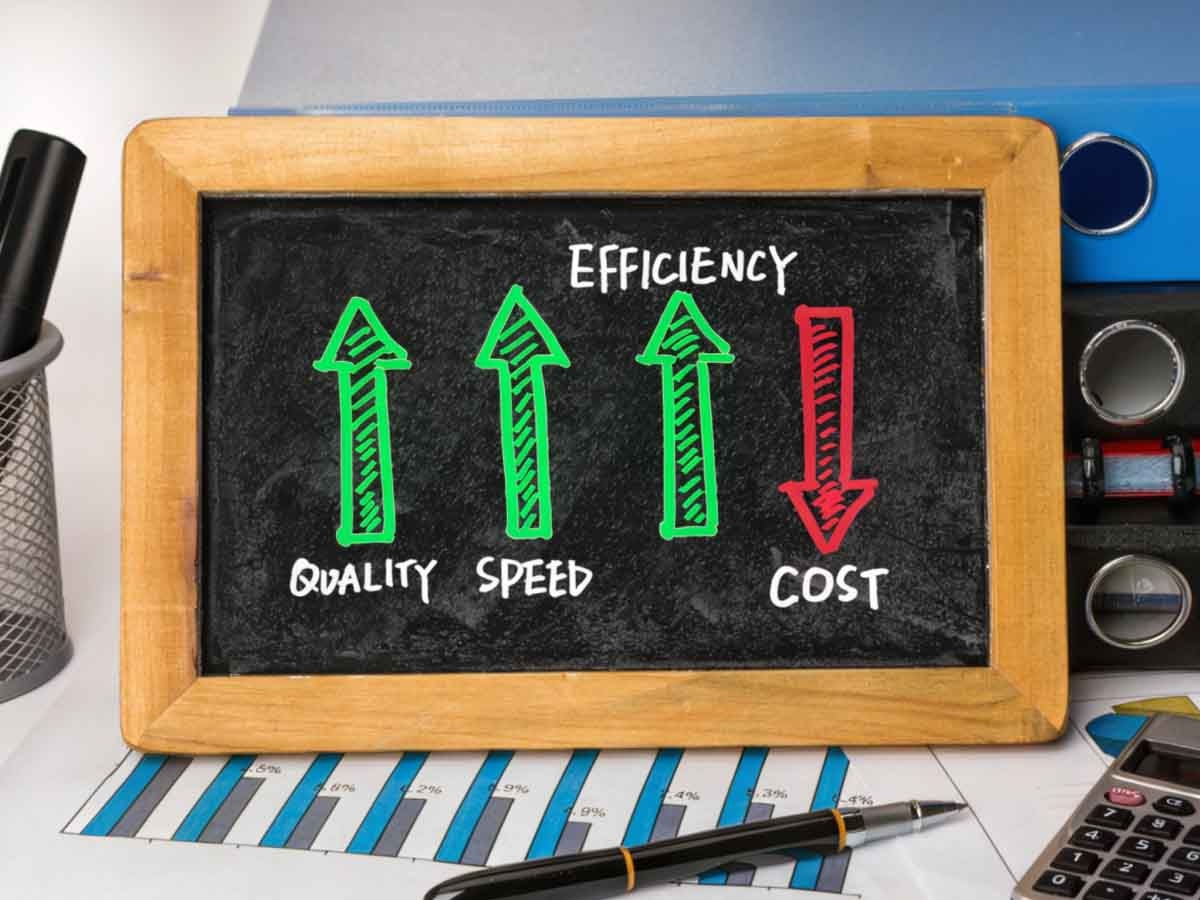I recently participated in an interview series in which I outlined my admiration for a close mentor and former manager who I worked with over a decade ago. In it, I referenced Amy’s ability to set the course for the team, remove barriers, and care about each individual. I began to wonder if, ten years later, I was doing those same things myself and if I was, was there an opportunity to do them ever better. In my reflection, I began to consider how to measure productivity in order to better understand where and when my team needed essential support.
In light of these changes, I took inventory of my current efforts—weekly 1x1s, team syncs, status updates (meetings and forms), and of course, the check-ins at the start of each meeting. While I had a number of mechanisms and approaches to asking individuals how they were doing on key priorities, I had to be honest with myself. The answers were beginning to feel as robotic as the questions and I struggled to get the insight I really needed to provide the type of support I knew was necessary.
This isn’t to suggest a superficial or poor rapport with my team. Instead, it highlights what happens all too often—at work, at the dinner table, or among friends. The routine “how are you’s” are at risk of losing their meaning amidst racing minds, full workloads, and tight timelines.
For this reason, I rely on 3 essential productivity metrics to guide me in the meaningful, deliberate, and timely discussions I need to have with my team and direct reports. With the tools and understanding of productivity measurement, I’ve dispensed with the predictably robotic, and instead rely on these metrics as a foundation for powerful, impactful discussions. Here they are:
1. Average Daily Productivity:
Average Daily Productivity has become an essential landing metric for me. In viewing this metric daily, I ask myself: On average, how many hours a day is my team able to perform productive work? Are there large productivity discrepancies across my team? Now this productivity metric becomes even more powerful when I put it in the context of my team’s weekly habits. In viewing their Average Daily Productivity, I compare it to the weeks prior to further understand whether they are above or below what is typical. Deviations from the norm can indicate:
- Forthcoming deadlines leading to a surge in hours
- A higher level of engagement as a result of strategy alignment efforts
- Confusion leading to additional time spent on certain activities
- Disengagement as a result of role alignment complications
As evident in the list above, the variation in Average Daily Productivity can be a result of either positive or negative circumstances for the team. This is precisely why these numbers become essential indicators, so that I can have a conversation on what may be leading to the change in behavior. With data, I am able to start the discussion from a data-driven foundation from which we can problem solve.

2. Past 30 Days: Utilization Level
Burnout has deservedly earned its place at the forefront of our minds. It is often elusive, pervasive, and contagious. It wreaks havoc on our business performance, engagement levels, retention efforts, and above all, employees’ wellness. Despite our awareness of it, it remains a tremendously challenging topic for groups and individuals to discuss and as a result, we often don’t recognize it until after our business suffers, employees exit, or culture takes a negative turn.
I rely on employees’ utilization levels as an essential productivity metric to compare working hours to a healthy range to keep an eye out for team members working excessive hours. While burnout results from a number of variables (contributing to its high complexity), rapid insight into employee fatigue and strain allows me to have conversations before an individual reaches harmful levels of disengagement. I aim to keep my team at the 75% level, knowing that there is variation over the course of the month in which deadlines may demand longer hours (high level) and wellness days will require fewer hours (low level).
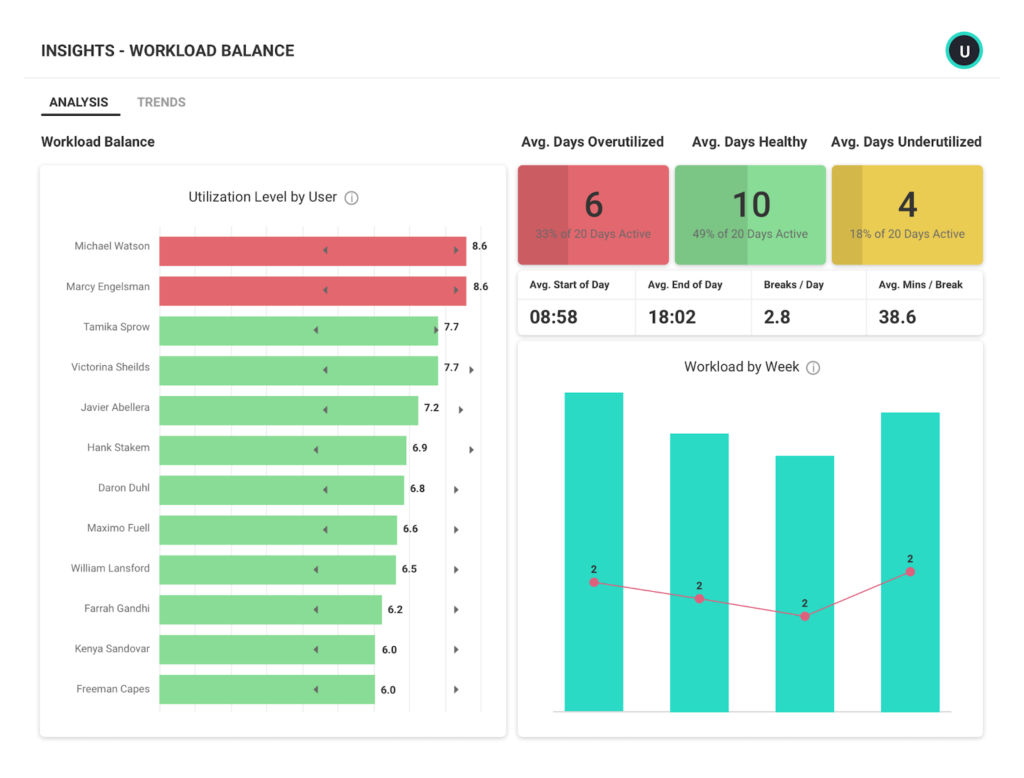
Further insight into break habits (frequency and duration) can help guide my discussions with those on my team about adopting healthier habits to avoid highly intense days (even if within normal ranges of total working hours) from taking a toll.

3. Productive Time Composition: Focus, Collaboration, Multitasking
Distractions and disruptions are abundant in today’s business environment. With the rapid shift to hybrid and remote work environments, our ability to focus, collaborate, and manage others has grown increasingly more challenging. This is why I value understanding the composition of Productive Time across the individuals on my team.
For certain roles centered around engineering, innovation, and individual work, I anticipate seeing a high percentage of their time in the focus category. Whereas, for sales professionals, I expect to see a higher concentration of time spent in collaboration tools as they interact with prospective customers and of course, one another, sharing ideas and materials to further their work.
Time Composition allows me to compare new employees to tenured ones in similar roles so that I can better understand what additional training and development new employees may need to work more efficiently. I can also nudge individuals to adjust their habits to find more focus time. In my discussions, I may uncover that the challenges of dedicating focus time is a function of an individual’s current work environment and together, we can brainstorm what additional support may be required.
For a quick glance and my commitment to providing you with only three of the most essential productivity metrics, I am a major advocate for viewing Productive Time composition on a routine basis.
This metric becomes increasingly more powerful when paired with others (e.g., context-switching sources, frequency of context switching, focus session average time).
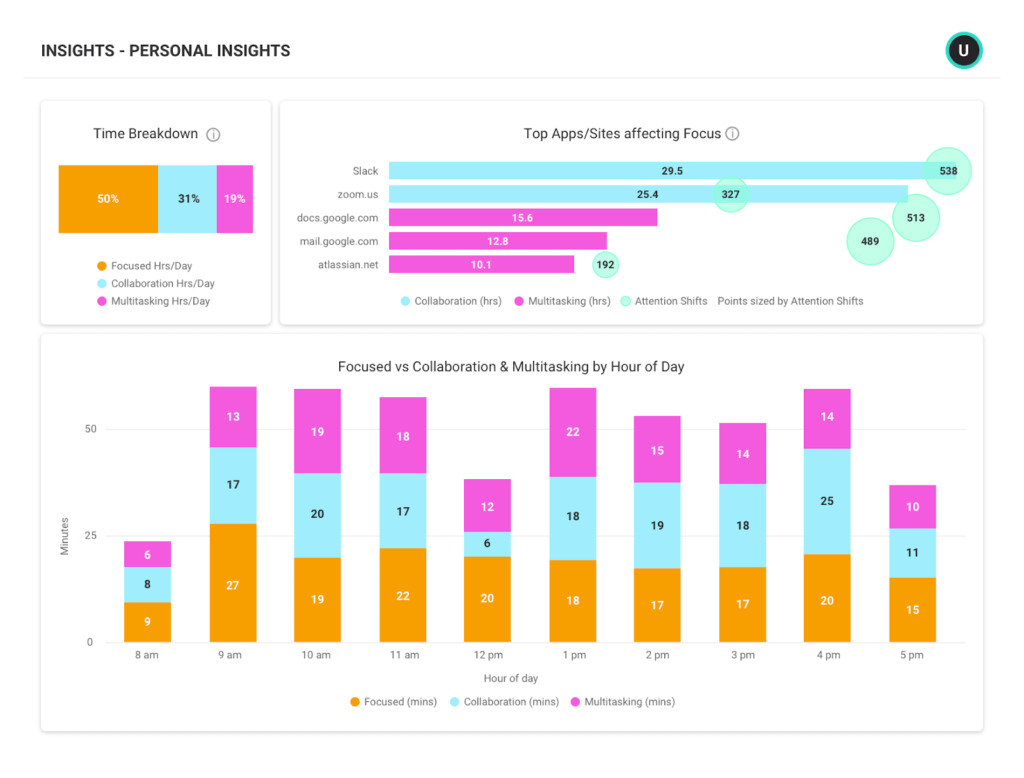
Productivity is at its best when it’s coupled with a healthy culture, engaged employees, and sustainable wellness levels. Here at ActivTrak, we emphasize these three productivity metrics because they provide insight into not only productivity, but these other valuable characteristics that contribute to a successful business environment. Metrics bring to light those things we cannot see and that our routine conversations often fail to uncover.
I encourage you to explore how to measure productivity for your own team, and how you can use that data to help everyone make the best use of their most valuable resource, time. With this data, you’ll deepen your team conversations, improve the value of your 1x1s, and perhaps most importantly, feel better about the obstacles, both professional and personal, you’re able to clear for your team so that they can thrive.
About ActivTrak and The Productivity Lab
ActivTrak helps companies unlock productivity potential. Our award-winning workforce productivity and analytics software provides expert insights that empower people, optimize processes, and maximize technology. With data sourced from more than 9,500 customers and 250,000 users, ActivTrak’s Productivity Lab is a global center for ground-breaking workforce productivity research and expertise that helps companies embrace and embody the future of work.



